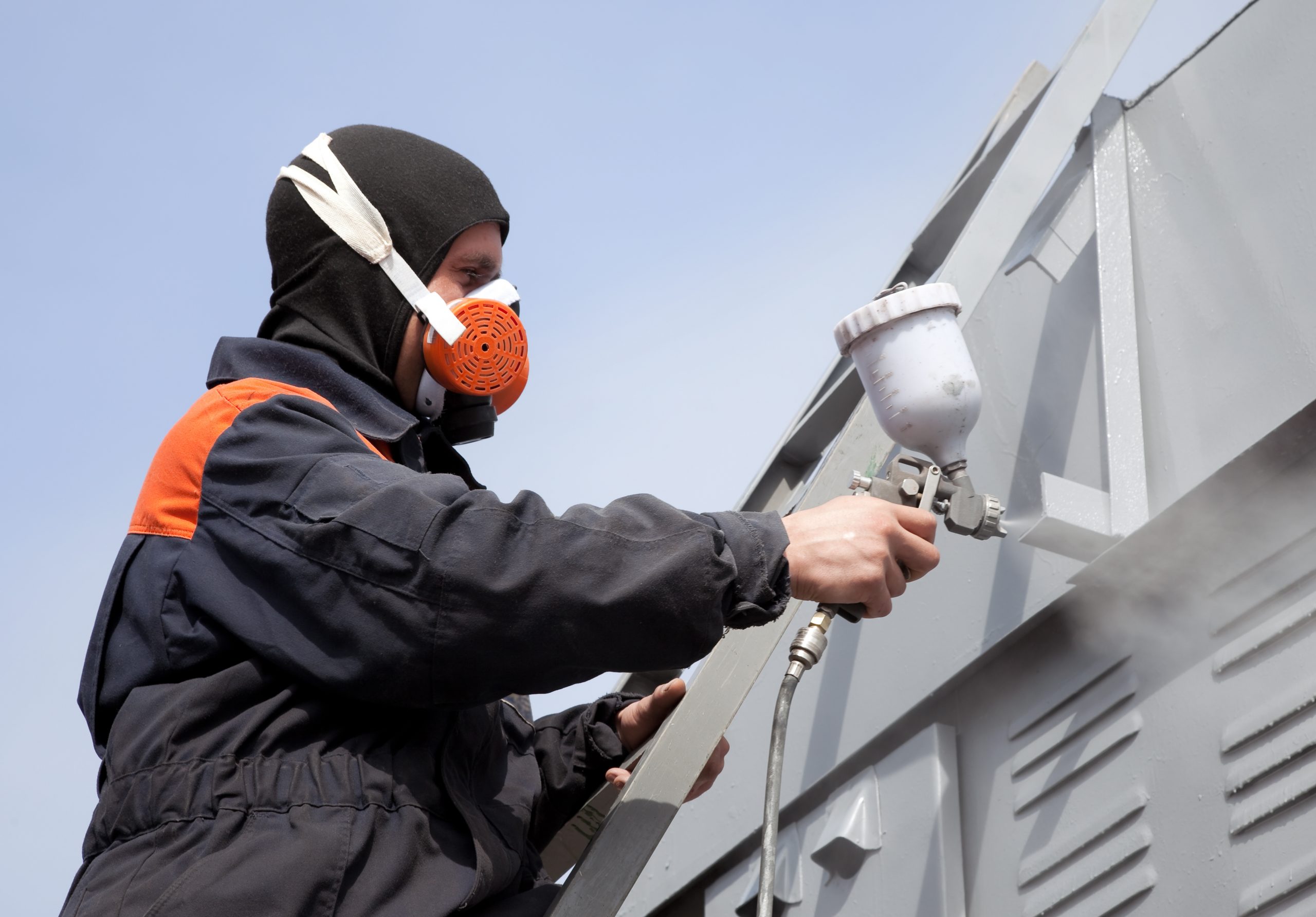Some people might consider repainting their home’s exterior one of the most exciting DIY renovations. However, like most home projects, it can get complicated, especially if it’s your first time doing it.
If you think this task is not for you, you may hire a professional painter instead. This way, you may be able to save time and money in the long run. However, if you’re up to painting your home yourself, you must learn first some tips and tricks to help you paint your home efficiently and effectively.

- Wash your house first: This should be the first step before doing anything to your home’s exterior. To do so, apply a soap solution, rinse with water, and dry it with a clean cloth.
This step is crucial to remove all the dirt and grime accumulated for years, helping your paint stick properly to your wall. You may use a pressure washer to ease the job. - Use primer when necessary: If you’re using the same color, there should be no need for a primer and there are no major issues like peeling paint. If you’re going from a light to a dark hue or vice versa, it’s advised to use a primer. Aside from that, materials such as bare wood, wood filler, and areas with rust require primer.
- Minimize paint scraping: Paint scraping is necessary to correct any uneven coatings and to give your exterior a more even coat of paint. However, if you have a good base, paint scraping may not be required.
- Most people find this task challenging and time-consuming. So, if you find it difficult, you may contact Elite Painting KC or other professional painting services near you to help you remove the loose paint.
- Use rollers on flat surfaces: Don’t use foam rollers on shiplap sidings or other sidings as those surfaces are hard to paint using a roller.
- Use spray paint on large areas: Spray paint will allow you to paint large areas effectively and efficiently. However, spray-painting preparation requires a lot of time. Every non-paintable area should be covered as much as possible.
After learning these hacks, you should be ready and prepared for the next part, which is painting. Here are basic steps you need to do to paint your home’s exterior efficiently and correctly:
Step 1: Prepare All The Necessary Materials
Painting is not an easy task, and it will be more difficult if you fail to prepare things beforehand. Like a cook’s mise en place, a painter should also prepare everything from covers to different kinds of paints and brushes. Here are the tools and supplies you need to prepare before starting the paint job:
- Pressure washer and ladders
- Exterior flat and semi-gloss paint
- Spray paint and brushes
- Paint roller and roller trays
- Cloth covers
- Painter’s tape
- Paint scraper, spackle knife, and medium-grit sand block
- Exterior caulk and gun
Step 2: Remove Chipped Layers Of Paint
After drying the entire exterior of your home, check the perimeter and take note of areas that are loose and cracked. Next is to remove them using a medium grit sand block or a paint scraper.
Step 3: Repair Damaged Areas
You’ll need to do this after pressure washing and cleaning all the dirt from the surface of your home. Check all the areas and take not those damaged areas that need to be repaired, such as bare wood, stuccos, masonry, metals, or sidings.
To repair the damages, use an epoxy filler and a spackle knife to fill cracks and holes. After this, use medium grit sandpaper and sand the surfaces.
Step 4: Caulk Any Visible Gaps
Check for gaps between your doors and windows and fill these with exterior caulk. If the gaps are between two different materials such as bricks and concrete, caulk the surface where these materials meet.
Step 5: Protect Your Fixtures For Final Polishing
You may cover your lights, doors, windows, and other fixtures with painter’s tape and plastic sheets. Make sure that everything you don’t need to paint is covered properly.
Step 6: Use As Much Primer As You Need
You may use a latex primer if you have vinyl and wood sidings. For uncured stuccos, you may use a hot stucco primer. After applying the primer, let it fully dry, then you may apply the paint. Primers are used to help materials accept and let the paint stick.
Different primers require different drying times, so check your primer and properly follow its instructions.
Furthermore, if you have any stains around the perimeter, experts suggest covering them with primer to make sure the paint sticks. You may apply one coat of stain primer using a small paintbrush.
Step 7: Paint Properly
Once you do all the steps above, you’re ready to paint. You may load your exterior paint color into the sprayer and start applying a single coat of exterior paint on your entire house. If you want a deeper shade, you may apply a second layer of paint. But, make sure to apply paint from top to bottom in a relaxed way with an overlapping stroke of at least eight inches.
Step 8: Finishing Touches
The last step is to paint other complex details, such as doors and fixtures. You don’t have to use a paint sprayer here. A small, comfortable, and flat paintbrush will do. You may also use a six-inch roller to ease the process.
Final Words
Painting the exterior of your home can be challenging, but you’re good as long as you know what you are doing. You need to prepare the right materials and of course, ensure your and your helper’s safety while painting.